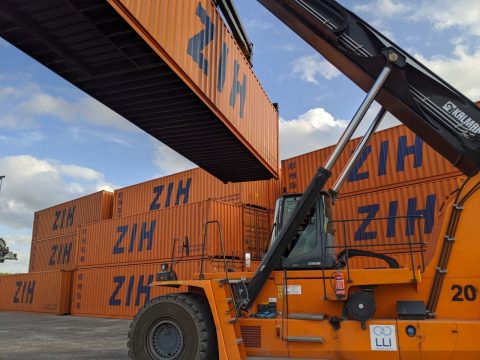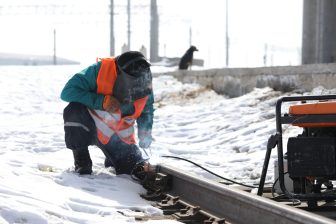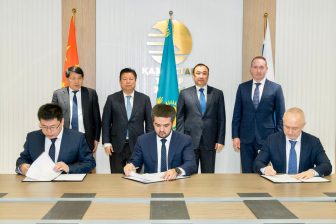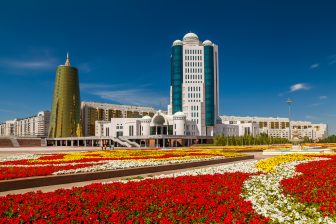
How rail and air share the fast-growing pie in Liège
Nearly two years ago Alibaba made its choice for Liège as its first European logistics hubs. The warehouses are not there just yet, but construction has started on the premises of Liège Airport. As soon as next year, the Chinese e-commerce giant has its headquarters in the Belgian city. Aviation as well as rail freight are to benefit from the settlement. How do two competing modalities share this rapidly growing pie?
Do you want to read the full article?
Thank you for visiting RailFreight.com. Become a member of RailFreight Premium and get full access to all our premium content.
Are you already a member?
Having problems logging in? Call +31(0)10 280 1000 or send an email to customerdesk@promedia.nl.




